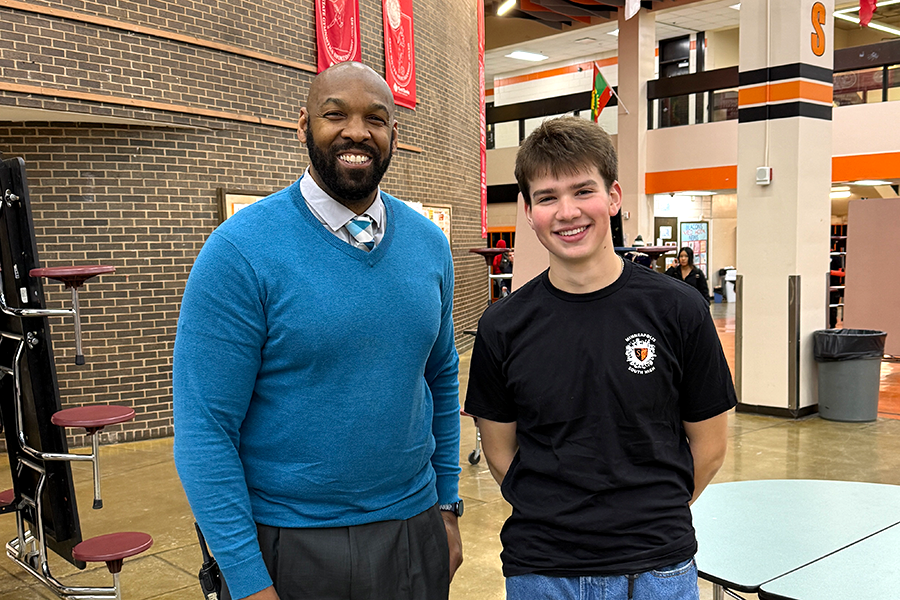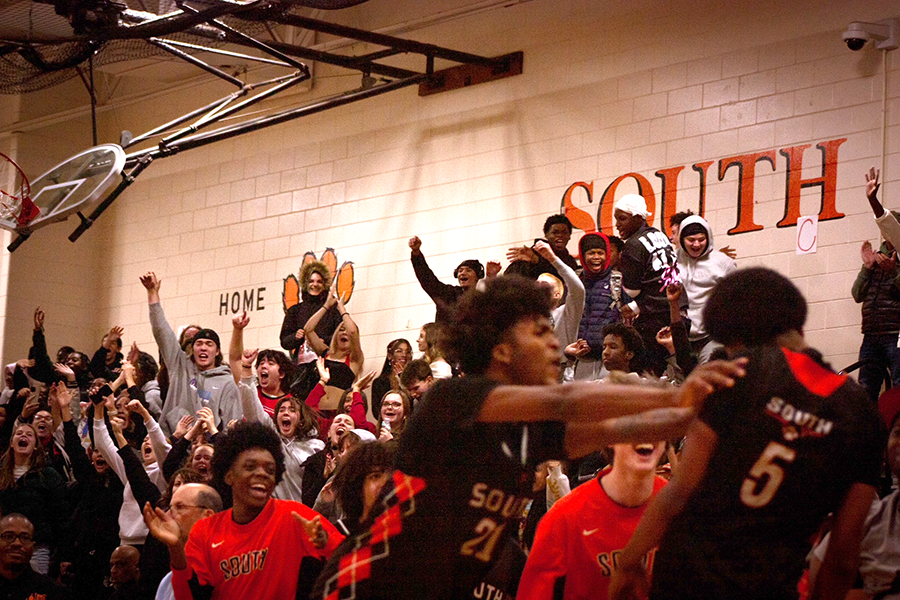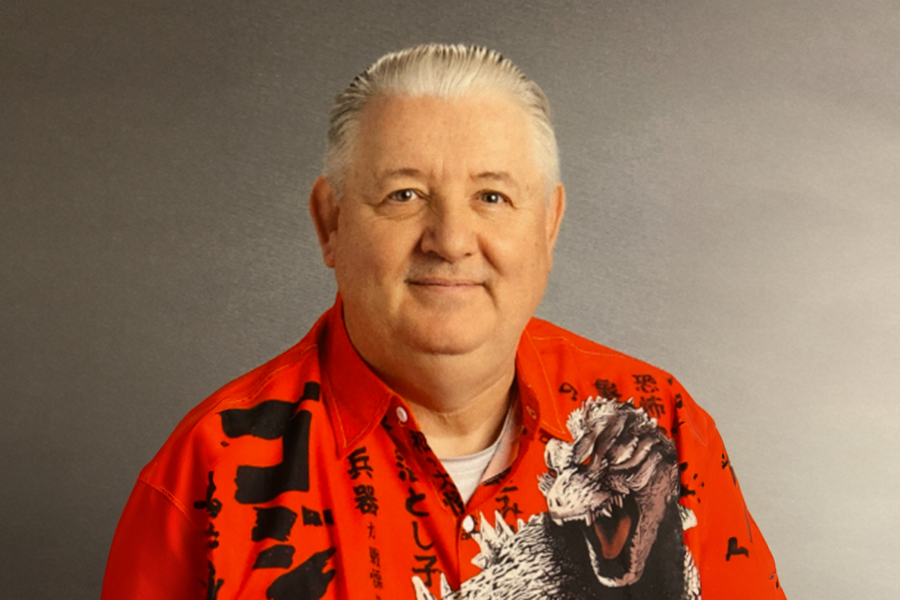Ghetto. Prissy. Cliquey. South’s dance team is shrouded in stereotypes, explained captain and junior Myra Quast. “People don’t really understand. They just find flexibility really impressive. They don’t understand what dance is.”
Junior Jessica Schultz agreed with Quast. “People don’t think we work,” said Schultz. “They say ‘Well you aren’t working as hard as we are; you have no baseball, no football.’”
But dance, Quast and Schultz agree, is a lot of work. Dance practices typically last about an hour and a half and encompass running, stretching, technique, and routine practicing. The girls prepare for hip-hop, jazz, and high-kick routines depending on the season. Quast described this year’s tryouts as “an awakening.” She explained that prospective Tiger dancers realized that dance is a lot more than just doing your splits.
Overall, Schultz and Quast agree that South’s dance team has improved since last year. Schultz described the improvement as a result of a change in captains. “[We have] really good leadership.” Schultz also attributes this year’s success to the group of girls. “We all work well together.”
Over the summer, the team did a summer dance camp. The 4 day camp was “from 7 a.m. to 8 p.m., all dancing.” They had three days to learn, perfect, and perform three dance routines in high kick, jazz, and hip hop.
This year, Schultz has observed that despite many negative stereotypes still associated with the dance team, South’s overall support of the group has increased. “The school’s gaining more respect for us after our homecoming dance.” But, she said, that attention still comes with the cost of misunderstanding.
At this year’s pep fest, Schultz observed, every time the dancers would do the splits or a roll up, they would hear the boys of the crowd cheer louder than ever. The performances that the majority of South students see are during the dancers’ hip hop season. “[Hip hop] tends to be a lot more sexual [than other forms of dance],” explained Quast. As a result, people tend to perceive the dance team as more of an over-sexualized entertainment source than a group of athletes.
Schultz also thinks that because dance is an all female sport, people don’t see it as athletic as other sports. Yet the dancers practice every day, they stress about competitions, they work hard, and they get sore, just like the other athletes in South’s community.
Sean Buehlmann, a junior on the dance team who also plays for South’s Women’s Rugby team, explained that the performance aspect of dance represents a whole element that many athletes don’t understand. The hardest part about practice is “trying to be prepared [for competitions]. We all have to have it set.” Dance brings a new meaning to cooperation; the team has to be perfectly in sync.
The South vs. Southwest rivalry also exists, possibly deeper than many sports. “At our last competition,” laughed Quast, “we saw them recording us… There’s just that hatred between us.” And, she explained, “we’re each other’s only real competition.” Despite great improvement, South and Southwest don’t rank among the placing teams in dance competitions.
Both Quast and Schultz agree that they wish South supported their athletics more. Quast assured, “we love what we’re doing and it’s really cool to hear our school cheering us on.” Overall, Quast says that the team can ignore the stereotypes. “We don’t really care [about them] because we love what we do,” said Buehlmann. “I just don’t feel like we get a lot of support from South. But I really like the team.” Being part of the dance team is the first priority for South dancers, regardless of their teams’ representation among the student body.






